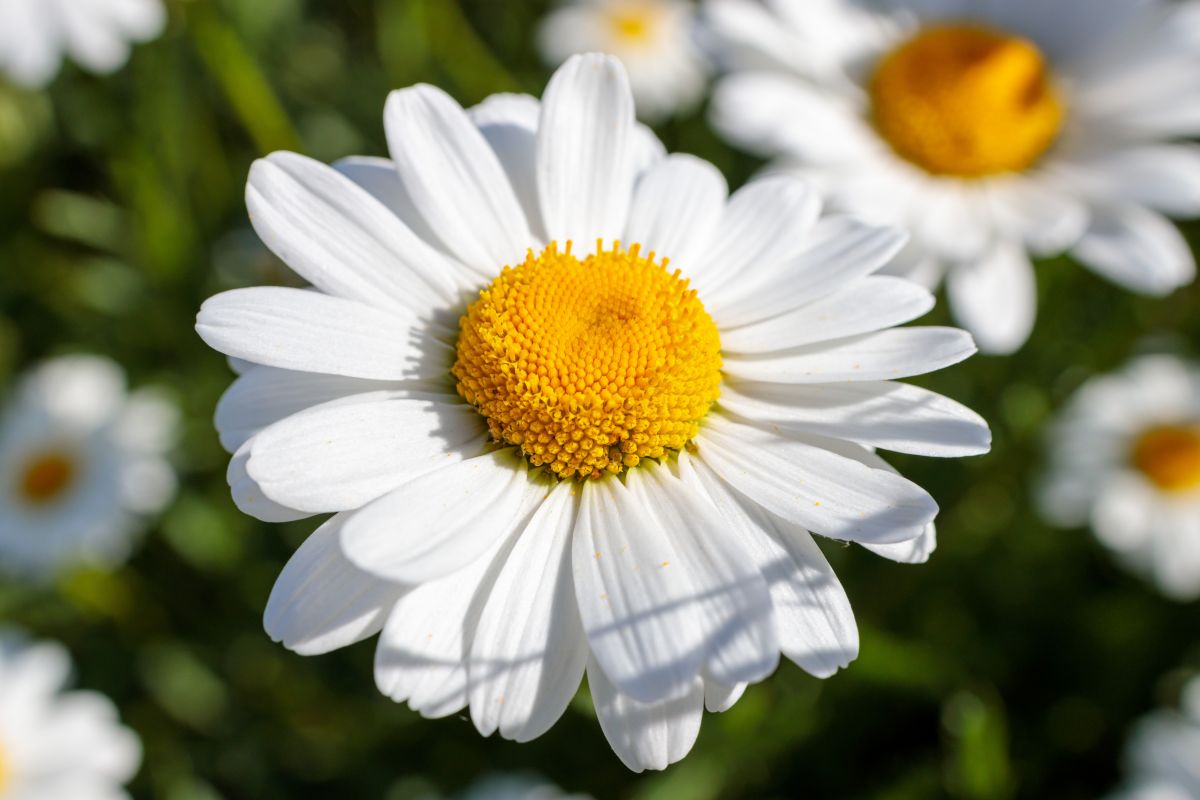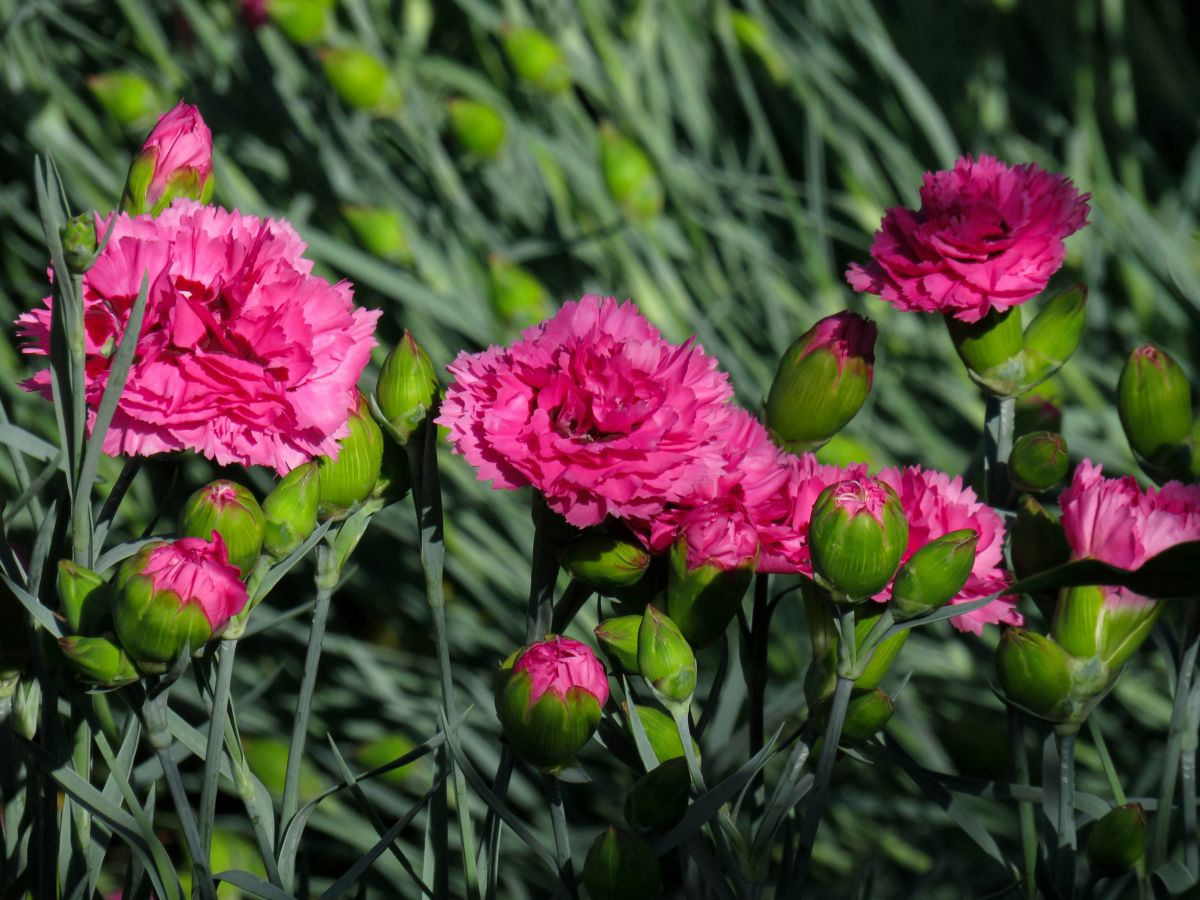January Birth Flower: Carnation and Snowdrop
Birthday Flower Guide: Discover Your Birth Month Flowers
Birth flowers are an ancient tradition that associates specific flowers with each month to represent corresponding birthdays. Each flower carries unique flower language and symbolic meanings, such as January Carnation being the "flower of pure-heartedness," and May Lily symbolizing "sweet happiness." These traditions reflect traits and values associated with the personality of the birthday person. This cultural tradition allows people to express blessings and affection through flowers.
Now, let uncover the secrets of birthday flowers and explore how they showcase their unique charm in different months, especially the captivating January birth flowers.
What Are the January Birth Flowers?
January birth flowers : Carnation (🌺) and Snowdrop (❄️)
These two flowers, through historical tales, paint a picture filled with love and new beginnings, bringing unique and beautiful blessings to those celebrating their birthdays in January.

Carnation (🌺) Detailed Introduction
Flower Language: The carnation, with its ruffled petals and varied colors, conveys a flower language associated with love, fascination, and distinction. This classic and versatile flower is often chosen to express deep emotions, celebrate special occasions, and convey sentiments of admiration.
Symbolic Meanings:
Love and Admiration: Carnations are often associated with love and admiration. Different colors of Carnations carry specific meanings, with red symbolizing deep love and pink representing affection and gratitude.
Fascination and Distinction: Carnations also symbolize fascination and distinction. Their unique and fringed petals set them apart, making them a symbol of admiration for someone truly special.
Origin: Carnations are native to the Mediterranean region and have been cultivated for over 2,000 years. They come in a variety of colors, including red, pink, white, and yellow.
Growing Environment: Carnations thrive in well-drained soil and prefer full sunlight. They are commonly found in gardens, floral arrangements, and are popular choices for borders and bedding.
Propagation and Cultivation: Carnations can be propagated through seeds or cuttings. They require regular deadheading to promote continuous blooming, and proper care ensures their longevity as cut flowers.
Uses and Traditions:
Floral Arrangements: Carnations are classic choices for floral arrangements, adding texture and a pop of color to bouquets. They are often included in corsages and boutonnieres for weddings and special events.
Symbol of Mother Day: In many cultures, carnations are associated with Mother Day. They symbolize a mother undying love and are often given as gifts to honor and express gratitude to mothers.
Celebrities and History:
Carnations have a rich history and have been cultivated for their beauty and symbolism throughout the centuries. They have been featured in art, literature, and cultural traditions, symbolizing different themes such as love, distinction, and enduring beauty.

Snowdrop (❄️) Detailed Introduction
Flower Language: The snowdrop, with its delicate, nodding blooms, conveys a flower language associated with hope, purity, and the arrival of spring. This small yet resilient flower is often chosen to symbolize new beginnings, the end of winter, and the promise of warmer days.
Symbolic Meanings:
Hope and Rebirth: Snowdrops symbolize hope and the promise of rebirth. As one of the first flowers to bloom in late winter or early spring, they signal the end of the cold season and the beginning of a new, vibrant one.
Purity and Innocence: Snowdrops are associated with purity and innocence. Their pristine white blooms, often emerging from the snow, evoke a sense of untarnished beauty and simplicity.
Origin: Snowdrops are native to Europe and Asia and have naturalized in other parts of the world. They are often found in woodlands, meadows, and gardens.
Growing Environment: Snowdrops prefer well-drained soil and partial shade. They are known for their ability to thrive in cold climates and are often planted in gardens, naturalized in grassy areas, or used as underplanting for larger trees.
Propagation and Cultivation: Snowdrops can be propagated through division of bulbs. They are low-maintenance flowers, often increasing in number through naturalization, creating charming carpets of white blooms.
Uses and Traditions:
Garden Borders: Snowdrops are popular choices for garden borders, providing a delicate and early burst of white blooms. They complement other spring flowers and create a serene atmosphere.
Symbol of Hope: Snowdrops are often seen as symbols of hope and optimism. Their emergence, sometimes even through the snow, is a welcome sign that brighter days are ahead.
Celebrities and History:
Snowdrops have been celebrated in various cultures and are often associated with folklore and legends. They have been admired for their resilience and early bloom, becoming enduring symbols of hope and renewal.
FAQs about January Birth Flowers
Q: What are the January birth flowers?
A: January birth flowers are Carnation (🌺) and Snowdrop (❄️)
Q: What does the Carnation symbolize?
A: Carnation symbolizes love, admiration, and purity. It is associated with the tears of Venus in ancient Roman mythology.
Q: What does the Snowdrop symbolize?
A: Snowdrop symbolizes hope, new beginnings, and purity. In Greek mythology, it is associated with the winter goddess Persephone.
Q: Why are Carnation and Snowdrop chosen as January birth flowers?
A: Carnation and Snowdrop are chosen for their rich symbolism, representing love, admiration, new beginnings, and hope.
Q: Can these flowers be used for occasions other than birthdays?
A: Yes, Carnations and Snowdrops can be used for various celebrations to convey positive emotions and symbolism.





